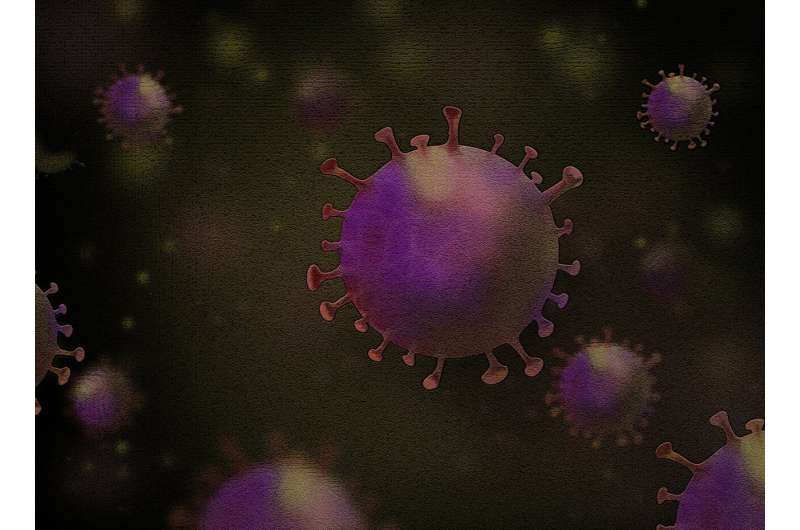
Several weeks ago, Lausanne became home to some of the world’s most powerful electron microscopes. They’re installed at the Dubochet Center for Imaging (DCI)—a joint research facility run by Ecole Polytechnique Federale de Lausanne (EPFL), the University of Lausanne and the University of Geneva—and could turn out to be a precious ally in the fight against SARS-CoV-2, and particularly the Omicron variant that’s spreading rapidly around the world.
“We’re working with the virology research group headed by Didier Trono and the protein research group headed by Florence Pojer to produce a precise image of the structure of the Omicron variant’s spike protein,” says Henning Stahlberg, who established the DCI on the EPFL campus. The DCI had already produced an image of the original virus’s spike protein at a resolution of 2Å—the highest resolution obtained so far—enabling scientists to view individual atoms. “We can now see exactly what mutations allow the Omicron variant to resist the AstraZeneca vaccine completely and the Pfizer one partially,” says Stahlberg.
With the high-resolution electron microscopy images, scientists can improve their understanding of how the mutated spike protein binds to ACE2 cellular receptors, which is what allows the virus to enter human cells. This knowledge could help pave the way to new therapeutic approaches. “Defining the structure of the Omicron spike protein less than a month after this variant was first identified is like landing on a planet in the weeks following its first observation with a telescope,” reflects Didier Trono. “The potential of this technology is simply amazing.”
The structural analysis, which has not yet been peer reviewed, was published today. Now scientists around the world can use it for their own research into how the Omicron variant responds to existing drugs.
Emmanuel Barraud, Ecole Polytechnique Federale de Lausanne

